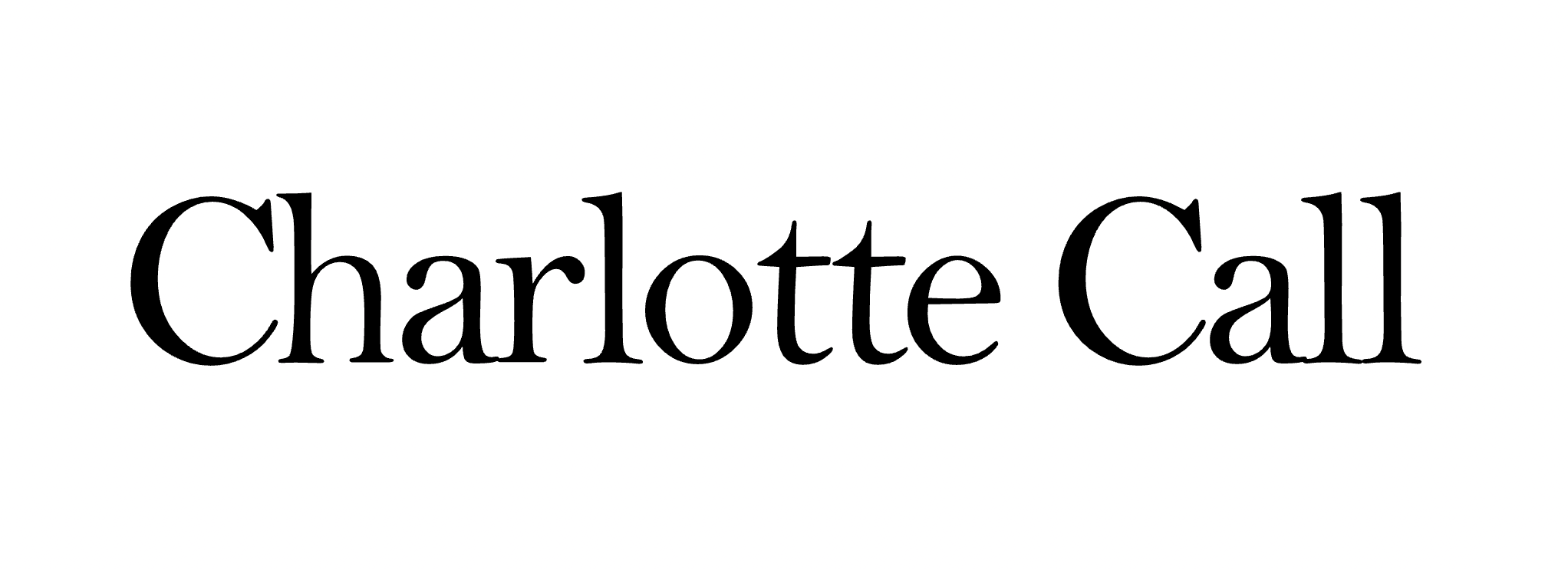Beatrice Wood USA, 1893-1998
Early Morning, 1988
Signed, dated, and inscribed "Early Morning" on recto
Pencil and coloured pencil on paper
9 1/2 x 7 7/8 in
24 x 20 cm
24 x 20 cm
Composed of graphite curves shaded with subtle azure blue, berry red and spring green, a reclining female figure is greeted by a boy with a cap. This could be a...
Composed of graphite curves shaded with subtle azure blue, berry red and spring green, a reclining female figure is greeted by a boy with a cap. This could be a tongue in cheek reference to the art history of reclining nudes with their assistants, or it could be a private memory.
It was Marcel Duchamp who encouraged Beatrice Wood to take up sketching around 1915, after she had put away image-making in favour of dance and theatre. She was 21 years old, and Duchamp was 27.
""Why don't you paint?" Marcel asked me. "You can't always be busy rehearsing?"
Varèse frowned, as he always did when the conversation veered off the subject of music.
"No room at my home."
"Then come to my studio. Often I am away. Come once, twice a week. Phone first, so I can tell you if it's alright. I'll be frank with you. There may be times when I don't want you to come."
From then on, whenever I had a free afternoon, I phoned and asked whether the studio was free. He would usually tell me to come over; if not, I assumed a lady was with him. ... If he was in his studio, he sat quietly in a chair with his legs crossed, smoking a pipe, and watched me passively as I worked. Then, at the end the afternoon he quickly surveyed my sketches, one by one: "Good... bad... bad... bad... good... bad." Through his eyes I began to discover that the obvious was not art. He instilled in me an appreciation for independence in my approach to the making of images. In the beginning, I was puzzled by what he disliked and liked, for the drawings I considered good-realistic heads of women with curly hair - he disdained. He liked the ones that were free expressions of the unconscious. I had no idea what they meant." - I Shock Myself, Beatrice Wood, 1985 (2018 edition), p.43
It was Marcel Duchamp who encouraged Beatrice Wood to take up sketching around 1915, after she had put away image-making in favour of dance and theatre. She was 21 years old, and Duchamp was 27.
""Why don't you paint?" Marcel asked me. "You can't always be busy rehearsing?"
Varèse frowned, as he always did when the conversation veered off the subject of music.
"No room at my home."
"Then come to my studio. Often I am away. Come once, twice a week. Phone first, so I can tell you if it's alright. I'll be frank with you. There may be times when I don't want you to come."
From then on, whenever I had a free afternoon, I phoned and asked whether the studio was free. He would usually tell me to come over; if not, I assumed a lady was with him. ... If he was in his studio, he sat quietly in a chair with his legs crossed, smoking a pipe, and watched me passively as I worked. Then, at the end the afternoon he quickly surveyed my sketches, one by one: "Good... bad... bad... bad... good... bad." Through his eyes I began to discover that the obvious was not art. He instilled in me an appreciation for independence in my approach to the making of images. In the beginning, I was puzzled by what he disliked and liked, for the drawings I considered good-realistic heads of women with curly hair - he disdained. He liked the ones that were free expressions of the unconscious. I had no idea what they meant." - I Shock Myself, Beatrice Wood, 1985 (2018 edition), p.43




